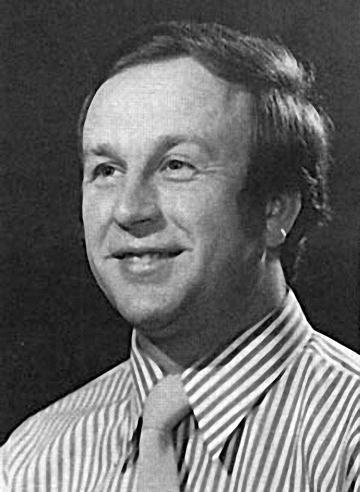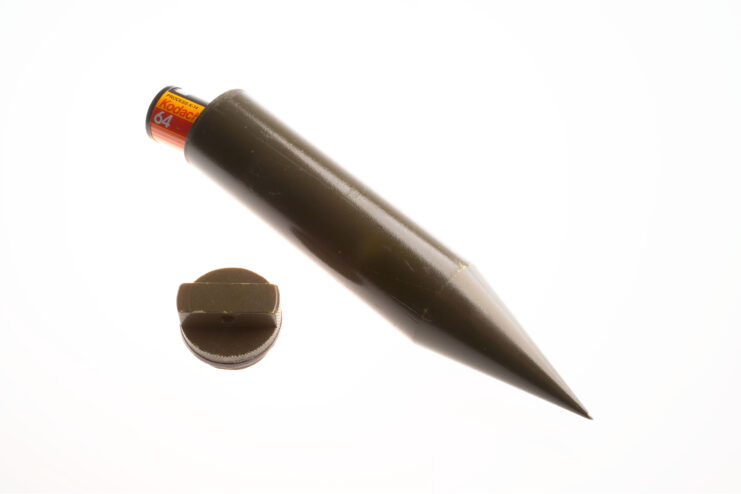Aleksandr Ogorodnik’s death was like something out of a spy film – that is, of course, because he was a secret agent. Operating under the spy name “TRIGON,” he’s considered one of the most successful Central Intelligence Agency (CIA) agents of the Cold War, passing along vast amounts of valuable information to the Americans. When discovered by his enemies, he took a cyanide pill, rather than confess to what he’d done.
Aleksandr Ogorodnik

Aleksandr Ogorodnik, born in 1939, grew up to attend the Institute of Foreign Affairs in Moscow, the Soviet Union. He eventually found himself working at the Soviet Ministry of Foreign Affairs (SMFA) in Bogotá, Colombia. A far freer country than the one in which he was raised, Ogorodnik supposedly enjoyed his life there, entering into a romance with local woman Pilar Suárez Barcala.
It was she who put him on the radar of two different intelligence agencies.
While at the SMFA, Ogorodnik was approached by both the Colombian Administrative Department of Security and the CIA, who hoped he’d agree to spy on the Soviet Union for them. They were successful, although sources vary regarding whether he willingly agreed or if he was blackmailed by Colombian agents.
He first started working for the other side in 1973. As with any spy, he was given a codename: TRIGON.
A spy known as TRIGON

Aleksandr Ogorodnik was efficiently trained in basic espionage, including how to take photos of documents using a pen camera. However, there was little of importance in his early drops.
It wasn’t until 1974, when he was transferred back to Moscow, that the spy known as TRIGON truly became useful. Stationed at the Soviet Ministry of Foreign Affairs in the city, he had almost unfettered access to the top-secret documents that passed across his desk daily.
Ogorodnik’s immediate case officer was Martha Peterson, the first female CIA agent posted in Moscow. The two never wound up meeting, instead communicating through dead drops – passing items and information through a designated secret location. One of the things passed to Ogorodnik was a pen containing a cyanide pill, which he’d requested shortly before returning to the Soviet Union.
While he agreed to keep spying, he wanted to ensure he could protect himself, if caught.
An act of betrayal

Aleksandr Ogorodnik and Martha Peterson worked together for nearly two years with little issues. Peterson didn’t raise any flags, as, at the time, the KGB didn’t think women could be spies. Throughout this time, Ogorodnik rose all the way to the Global Affairs Department, which provided him access to foreign policy plans that he subsequently passed on to Peterson.
Despite their years of success, Ogorodnik’s time as a spy eventually ended when CIA translator Karl Koecher passed on his name to the Czech Intelligence Service, for whom he’d been secretly working. They then shared this information with the KGB. It’s not clear exactly when they apprehended Ogorodnik, perhaps in late 1973 or early ’74, but the CIA started noticing differences in his reports.
They correctly believed he’d been compromised.
End of the spy known as TRIGON

While leaving a dead drop for Aleksandr Ogorodnik on July 15, 1977, Martha Peterson was captured by the KGB and taken for questioning. She remembered being “accosted by these three men who grabbed me. They knew exactly where the package was and there was a whole van full of people in suits.” She was released unharmed, but forced to return to the US immediately.
It wasn’t until much later that the CIA learned of what happened to Ogorodnik on June 22, 1977. Allegedly, while he was being interrogated, he said he’d provide the KGB with a full confession of his espionage. In order to write it out, he asked for his pen – the one that contained the cyanide pill.
When it was given to him, he bit into the cap, which contained the poison, and died almost instantly.
More from us: The Most Damaging Spy In US History Was An Unassuming Accountant – Elusive For 22 Years!
Remembering the spy in her memoir, Peterson said, “TRIGON died his own way, a hero.” After returning to the US, she remained an agent with the CIA, retiring in 2003.
